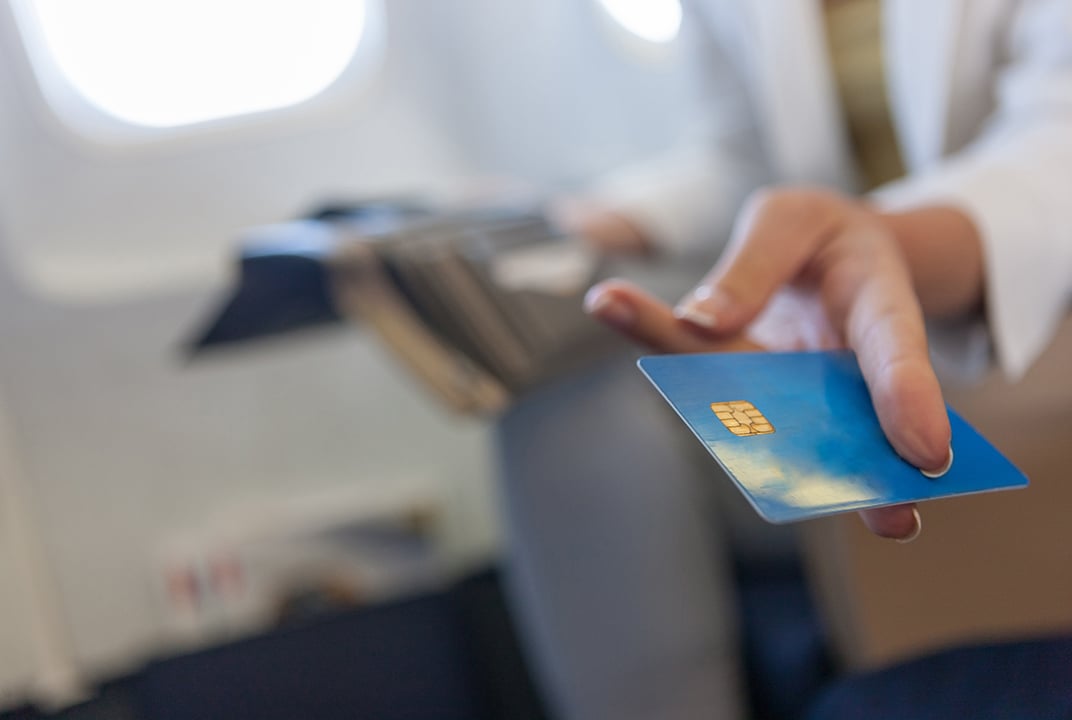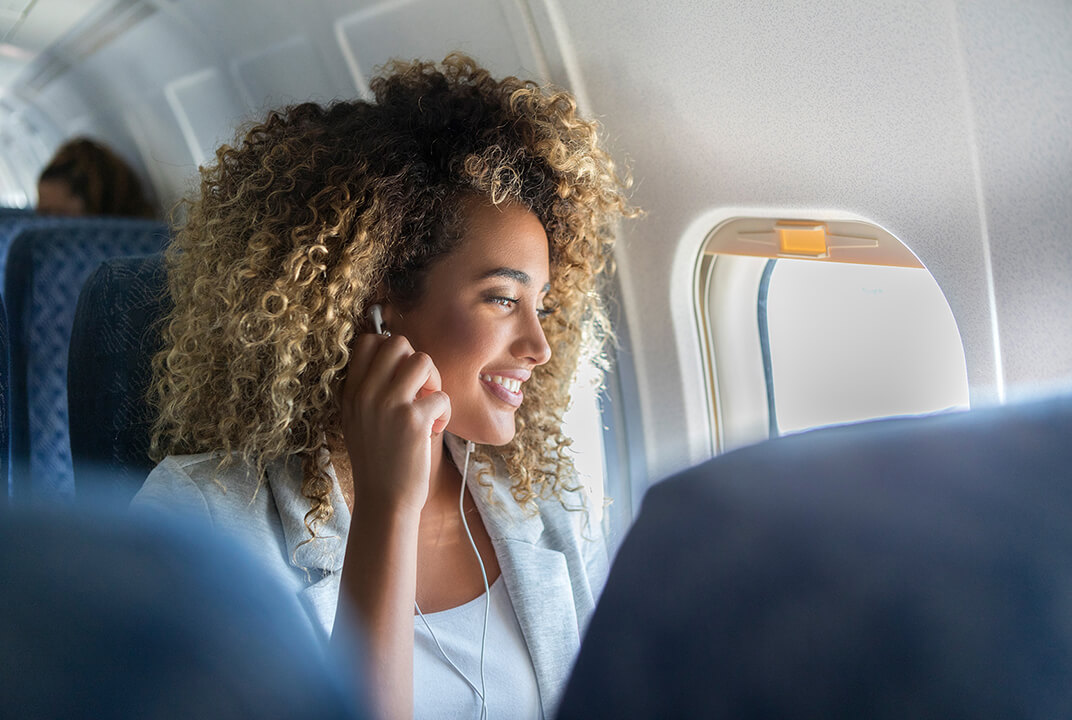Insight | Marketing at 35,000 feet
Marketing at 35,000 feet
Advertisers have long considered it to be the ultimate captive audience. Flying 35,000 feet in the air, it’s a prospective market that can’t just walk away.
And it’s a receptive market too: sitting on a plane, people are often hungry for information and have time on their hands.
Traditionally there have been two main ways of reaching the onboard audience. By advertising in inflight magazines or by including ads onscreen in IFE offerings such as films or TV shows. Occasionally passengers may find a sponsored message somewhere on their meal trays but generally that’s been the limit when it comes to onboard advertising.
Until now. The advent of seamless, high-speed onboard Wi-Fi is not only revolutionising the passenger experience but also providing new and more effective ways for advertisers to reach this potentially lucrative audience.
Advertiser-funded Wi-Fi
An immediate benefit to passengers is the possibility of getting their onboard Wi-Fi for free, as airlines pass the costs of the service on to potential advertisers. An early example of this came when one US operator did a deal with Amazon, allowing it to offer free Wi-Fi access to Amazon Prime members or those who sign up for a free 30 day trial inflight.
In the future a freemium model similar to that used by, for instance, streaming service Spotify, is an obvious possibility. Users could be offered the choice between a ‘sponsored-free-limited bandwidth’ option, and a ‘paid – full bandwidth’ option, allowing them to make the choice depending on their data needs.
But that’s just a small part of the story. The use of big data for personalisation is where it gets really interesting. Airlines already have a considerable amount of information about passengers. They know where they’re from, where they’re going, and how they’re getting there. And they have a history of their preferences and purchasing habits. And that’s already enabling them to target specific segments of an airline’s customers during the so-called ‘customer journey’.
But with fast, reliable onboard Wi-Fi, the potential for personalisation for the first time enters the cabin. Now it will be possible to target selected class or selected portions of an aircraft.
The personal touch
Advertisers will know what kind of films a passenger prefers, and what products they like. And that means ads can be served to them during their flight that are specifically relevant to them, even offering passengers the option to browse advertisers’ live sites and make a real-time purchase. And new technology means that it’s not just on an airline’s app or web portal that these ads can be displayed but throughout a user’s web browsing session. Together, this comprises highly valuable access to an audience and selling advertising media space that targets them could prove to be a significant source of revenue.
The fact that ads can be highly personalised means that they’ll be more compelling to the viewer, which means they are more likely to take action when they see it.
The rise of less in-your-face advertising techniques, such as content marketing, also means that messages can be delivered subtly and in a way that benefits passengers. What once appeared a hard sell now appears to be a win-win: extra revenue for airlines and an enhanced experience for customers.


